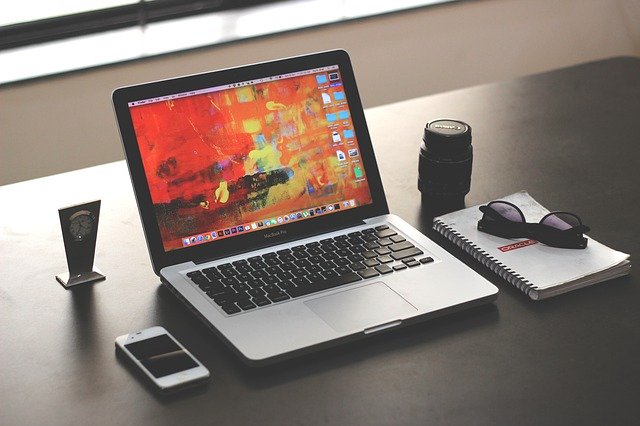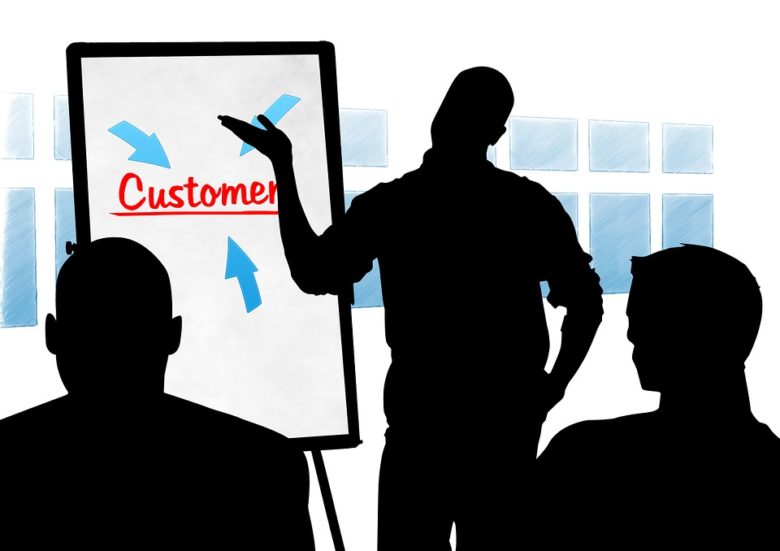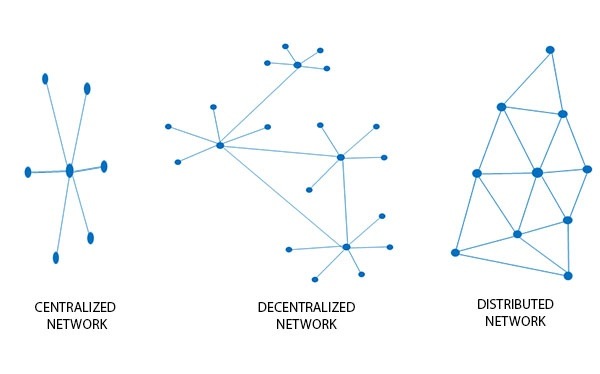The Definitive Guide To Customer Success
What is customer success?
Customer success exists at the intersection between customer experience and customer support teams. Success managers constantly work on improving their company’s product or service by anticipating challenges, questions and issues that their customers might have.
However, they do not just anticipate these problems – their primary task is to solve them in advance, before they start troubling existing or prospective clients.
In other words, success teams are tasked with boosting customer happiness and retention, reducing customer churn and improving brand loyalty.
Who needs customer success teams?
As we already mentioned, the cost of acquiring new customers has been growing rapidly in recent years, and the trend is likely to continue in the near future.
This means that all businesses that rely on people purchasing their products or services need customer success teams.
Why is customer success important?
Customer success is important because it allows your customers to experience the best quality of service and enjoy using your product. You may be thinking that customer success is just a fancy new term for customer support.
However, although the two terms bear many similarities, they differ in one important aspect. Customer success teams are proactive and customer support is reactive.
In other words, customer success attempts to identify and solve issues before they’re noticed by customers who contact your support agents for help. They continuously work on improving the customer experience by aggregating data from existing clients.
If this has you confused, there’s no reason to worry. We will now explain how to execute customer success concepts in your company.
How to execute customer success activities
Although businesses can differ significantly, every customer success team breaks down their work into five basic steps. These principles remain the same across all industries, but you may need to tweak their execution or focus on certain specifics to better fit the needs of your particular niche.
Step 1 – Outline clear objectives
As with anything else business related, planning is the mother of success.
Develop a customer success strategy that your employees can follow to ensure that your customers are always happy with the service that you provide.
Make sure that your strategy centers around the needs and desires of your specific customers. Don’t box yourself into a specific set of tactics either – feel free to experiment to find the best solution. Your customers will know when you get it right.
Step 2 – Educate the customers
In the ideal world, every customer would spend hours researching each product and finding the best solution. In reality, many customers don’t want to spend that much time on a purchase.
To ensure that your customers are always happy with their purchase, you need to anticipate the questions that they may have. Educate them about your product’s features and benefits.
This is essential if you’re selling a software-as-a-service (SaaS) product. Consider creating a knowledge base and implement a live chat on your website to allow your customers direct access to the support team.
Step 3 – Provide customer onboarding
Getting used to a new product or service can be very hard for new customers, especially if they’re used to certain standards.
To ensure customer success, you need to guide your customers through the initial steps. Provide them with all the resources, tools, or training that they may need.
This way, your customers will know that you care about them and accustom them to a certain standard of service. It will also allow you to proactively deal with the most common objections and questions.
Great examples of customer onboarding include step-by-step tutorials or one-on-one guidance with company representatives.
Step 4 – Facilitate communication between all departments
Customer success teams can’t work on their own.
They require communication and help from virtually all company departments. Your staff needs to behave a clear line of communication with customer support, product development, sales, and marketing teams.
This communication will allow them to identify the pain points of your customers and the weak points of your product. Marketing teams can collaborate with client success agents to develop promotional content that explains how to best use the product or outlines specific features that are often overlooked.
Customer support and customer success are two sides of the same coin. They need to discuss their interactions with clients on a daily basis to ensure a consistent quality of service across the board.
The best way to facilitate this communication and ensure customer success is to implement a CRM system, like Simply CRM. CRM platforms offer an all-in-one solution that provides all team members with access to the same customer information, which can be used to guide their everyday work.
Step 5 – Promote loyalty
Customer loyalty is a direct consequence of their positive experience with a brand. You need to make sure that your customers always feel they’re getting decent value for their money.
The easiest way to promote loyalty is to create a customer loyalty program, offering discounts and special deals for long-term clients or customers who are making more than one purchase.
However, be careful with your loyalty programs. Do the math before offering any discounts and only provide deals that your business can sustain in the long run. You don’t want your loyalty program to generate losses.
Source: Simply CRM






